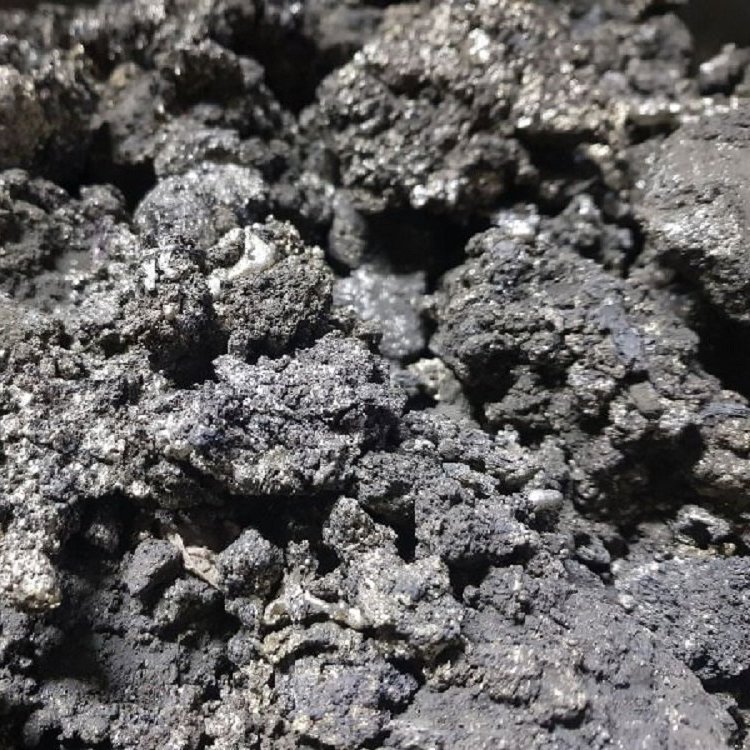
Tin Solder Scrap Dross 98%
Product Name: Tin Solder Scrap Dross 98% Pure
Tin Content: Approximately 98% tin, with trace amounts of lead, silver, copper, and other metals
Appearance: Solid, mixed metal scraps with a semi-solid texture; typically in irregular chunks or small fragments
Size: Varies from small fragments to larger clumps, depending on the source and collection method
Origin: Germany
Packaging: Bulk packaging, typically in containers or on pallets for easy transport
Weight: Varies based on batch and customer requirements
Purity: Approximately 98% tin, with remaining content consisting of other metals used in soldering
Density: Varies depending on the metal composition, generally around 7.3 g/cm³ for tin
Melting Point: Approximately 231.9°C (449.4°F) for pure tin, but may vary slightly due to the alloy content
Storage: Should be stored in a cool, dry, and well-ventilated area to prevent contamination or oxidation
Environmental Compliance: Processed according to Germany’s strict environmental regulations for metal recycling and recovery
Recyclability: 100% recyclable and can be processed to recover tin and other metals for future use
Certification: Meets international standards for metal recycling and quality control
Description
Tin Solder Scrap Dross 98% consists of residual material produced during the soldering process, primarily composed of tin and small amounts of other metals such as lead, silver, and copper. The dross is a by-product that forms during the melting of tin solder, typically collected during the production or repair of electronics and other soldered materials. This dross has a tin content of approximately 98%, making it valuable for recycling processes, where the tin can be recovered and reused in the production of new solder or other tin-based materials. Originating from Germany, which adheres to high recycling standards and environmental controls, this scrap is a great source for reclaiming high-quality tin.
Application:
Tin Solder Scrap Dross 98% is primarily used for:
- Tin Recovery: The scrap is typically recycled to recover tin, which is used in producing new solder, alloys, and other tin-based products.
- Solder Manufacturing: The recovered tin can be reused in the production of new solders, especially for electronics, automotive, and construction applications.
- Alloy Production: Recovered tin from dross is used in the production of various alloys like bronze and pewter, which are used in industrial and decorative items.
- Recycling for Industrial Use: This scrap is valuable for companies specializing in the recovery and refining of metals for reuse in different industries, including electronics, automotive, and heavy machinery.
- Environmental Impact Reduction: Recycling tin dross reduces the need for raw tin mining, contributing to a lower environmental footprint.
